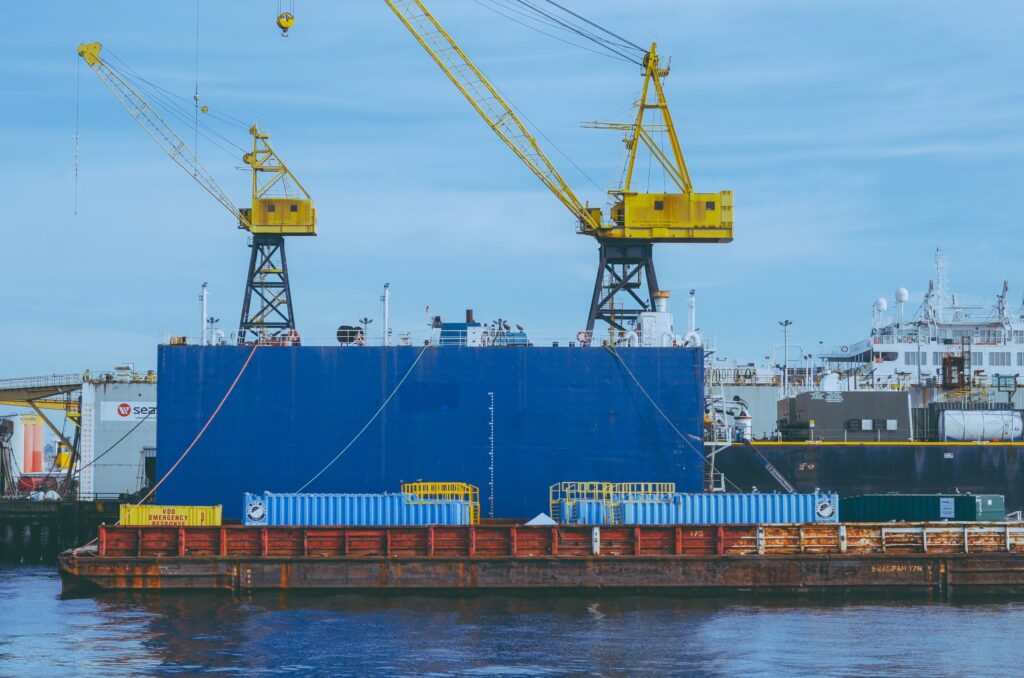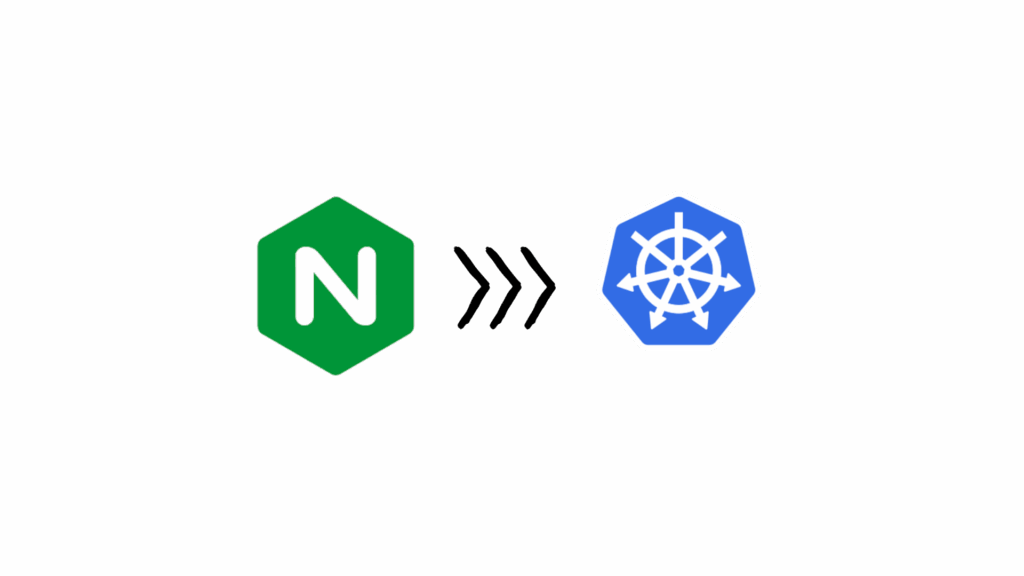
What is a Docker Container ?
The Docker container lifecycle is a core concept in DevOps, covering how containers are created, accessed, started, stopped, and removed.
A Docker container is a lightweight environment that contains your application along with everything it needs to run (libraries, software, configuration).
For example, if your app requires Python, a MySQL client, and some libraries, all of that can be packaged inside a container. When you run it, your app just works no additional setup required.
How Does a Container Work ?
Containers run on the Docker Engine, which is the software responsible for managing them.
- You can run multiple containers on the same system simultaneously.
- Each container is isolated, meaning one doesn’t interfere with another.
Benefits of Containers
- Lightweight —> Smaller and faster than Virtual Machines.
- Portable —> Run anywhere (Laptop, Server, Cloud, windows, Liunx, Mac) with the same results.
- Fast Startup —> Starts in seconds.
- Isolated —> Each container runs in its own separate environment.
Practical Example: Docker Container Lifecycle
Below is a step-by-step walkthrough of managing containers in Docker.
1. Check Containers (Running / Stopped / All)
Show only running containers:
docker container lsShow all containers (running + stopped):
docker container ls -a2. Create a Container with Sleep Command
Run a container in the background for 60 seconds:
docker container run -d ubuntu sleep 60
Check running or stopped containers:
docker container ls -a3. Create Container from Latest Ubuntu Image
Start an interactive Ubuntu container with bash access:
docker run -it ubuntu:latest bash4. Create a Container with Console Access
Run a container and directly access its shell:
docker run -it --name ubuntutest ubuntu bash5. Exit Container (and Stop It)
From inside the container:
exit6. Stop a Running Container
Stop a container by ID or name:
docker container stop ubuntutest7. Start a Stopped Container
docker container start ubuntutest8. Restart a Container
docker container restart ubuntutest9. Attach to an Already Running Container
Enter an existing running container:
docker exec -it ubuntutest bash10. Create a Detached Container
Run in background mode with terminal support:
docker container run -d -it ubuntudocker container run→ Creates and starts a new container.-d→ Runs in detached (background) mode.-it→ Interactive terminal (useful for shell access).ubuntu→ Official Ubuntu image from Docker Hub.
11. Delete a Running Container
Force remove a running container:
docker container rm -f ubuntutest12. Delete Multiple Containers
docker container rm -f container_id1 container_id2 container_id313. Delete Stopped Containers
docker container rm container_idConclusion
Docker containers simplify development and operations by providing lightweight, portable, and isolated environments.
By mastering the container lifecycle — create, access, sleep, start, stop, restart, and remove — you gain full control over your applications in any environment.
Read more DevOps tutorials at LetsTalkAboutDevOps.com/


